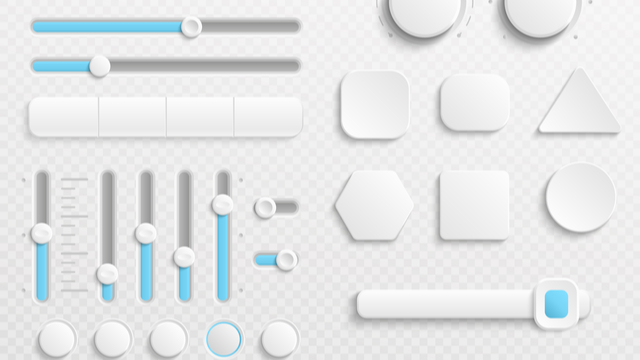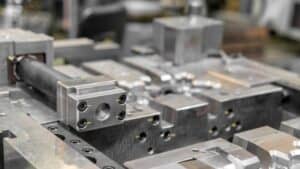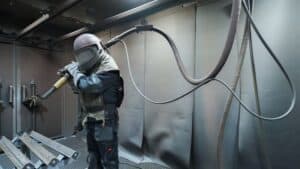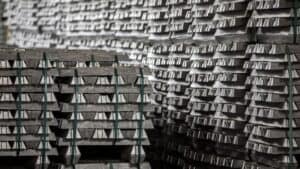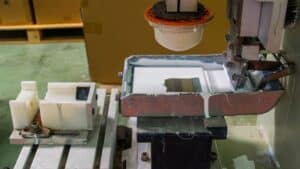The injection molding process is one of the best ways to produce plastic products in large quantities. It is also a reliable method that has been used in many factories where plastic products are mass-produced to meet high demand.
We produce some of the highest quality injection molds to support the growing industry. Our team understands that injection molding is a delicate process and needs proper tools. That is why we ensure that only the best engineering processes have been used to design and produce the best injection molds in the industry.
However, this post is focused on an essential process during injection molding, which has to do with plastic products with undercuts. It is called the injection mold sliders.
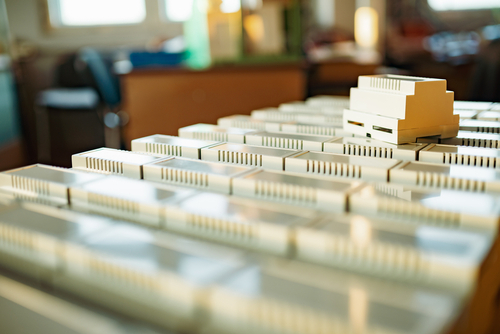
What are injection mold slides?
For a start, we would like to describe the injection mold slide as one of the solutions to expelling plastics products with undercuts. When the molten plastic has been poured into a mold and cooled down, it is removed from the injection molding machine with a slider. The injection molding slider compliments the function of the ejection pins in the machine. Consequently, the plastic product comes out perfectly.
We can avoid making plastic products with undercuts, so we need to use injection molding sliders. But the undercuts are essential if we are to make the best designs of plastic products. The undercuts make it possible to create different outstanding designs we have in the plastic market today. So you see why we need the injection mold slide design?
How do the injection mold sliders work?
The injection molding slides are activated after the injection mold machine opens up. After the molten plastic product has solidified, it is ready to be removed as a complete plastic product. The slider usually has a hydraulic system that pushes it in a lateral direction. The mechanism for this mold slider is set up so that the lateral sliding positions the plastic at the best angle that allows the ejector pins to lift it up out of the mold without any problems.
The injection molding sliding mechanism features so many different parts. Each part has a unique function that allows the entire machine to function correctly. The sliding mechanism features the following parts;
A guiding pin
The guiding pin is part of the mechanism that ensures the cavity and the mold’s core are correctly matched. It helps to protect the core of the plastic product during injection molding. Also, it is essential to position the guide pin at the middle of the slider before it is activated to move in the injection molding machine.
A wedge
The wedge is a part of the mold that keeps it securely locked after the molten plastic is poured into the injection machine. The wedge also keeps the slider securely closed during the entire forming process.
The wear plate
These are essential parts that enhance the slider’s function. The wear plate is installed to lower the friction that could have been created when the slider moves in the injection machine. In other words, the wear plate protects the slider, and it prolongs its lifespan in the process.
A slider body
This part makes up a large percentage of the slider that moves at an angle with the guiding pin to expel the plastic product without stress.
A press plate
This function of the press plate is to keep the slider locked in position to enable it to slide properly over the wear plate. Without the press plate, the slider may not be properly aligned to get the desired effect. For efficiency, it is essential to heat up the press plate before it works. It is also necessary to ensure that the clearance space between the slider and press plat is not too much.
Advantages of using a slider injection molding system
The slider is an integral part of the injection molding assembly. When installed, it must be carefully used to prevent wear and tear. These events are inevitable because of the way the slider functions. However, with experience, an operator can manage the processes to make the slider last longer. Here are its advantages during the injection molding process;
First, the slider is ultimately responsible for forming the internal parts of a plastic product. These are the cavities in the mass-produced plastics that we all use. The slider ensures the inner walls of these products have the right thickness and structure designed according to the client’s needs.
Second, the injection molding slider makes the mold ejection process seamless, especially when the plastic product involved has undercuts and grooves that obstruct the function of those ejection pins.
Third, you may need to use your hands to physically pry the plastic product from the mold without the slider. This is not an advisable process, and you can ruin the product, causing a loss of resources. Therefore, using a slider in the injection molding machine eliminates the need to use your hands while forming plastic products.
Fourth, those machines that function by moving the mold in one way and the formed plastic in another direction will be difficult to handle without sliders. Therefore, we use sliders to ensure the lateral direction is matched, making it easier to quickly eject the plastic mold from the machine.
Finally, sliders are the best solution to remove plastic products with undercuts that cannot be folded. The injection mold slide design makes it easy to remove these plastic products without ruining them.
Disadvantages
Since the sliders involve different mechanical parts moving over each other, a significant amount of heat can be generated. Also, the chances of experiencing wear are higher because of the friction caused by the movements.
In conclusion, the injection molding slides have proven to be more valuable than not in the injection molding process. Please send us a message if you would like professional support to buy and install your injection mold with slides. We have a team ready to answer your questions.
